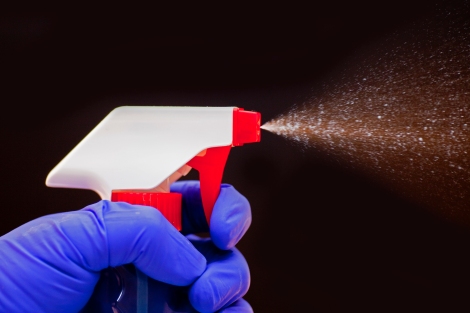Cleaning Limestone Tiles
So you simply couldn’t resist the natural beauty of limestone tiles for your new kitchen or bathroom as part of your home improvement project? You have read my previous posts on the difficulties of maintaining limestone tiles but it hasn’t put you off. I can’t say I blame you – no matter how beautiful porcelain tiles in a natural stone effect are they are no match for the real thing.
But now you need to know how to care for your new limestone floor.
The main potential issue you need to be aware of is that acidic substances (including lemon juice) can  cause significant and noticeable damage to limestone because limestone is a calcium-based material. So it is essential that the tiles are sealed after they have been installed for added protection.
cause significant and noticeable damage to limestone because limestone is a calcium-based material. So it is essential that the tiles are sealed after they have been installed for added protection.
And here are some easy pointers towards keeping your beautiful limestone floor looking good for years to come.
- Grit on the bottom of shoes can cause permanent damage to limestone so ensure there are mats both outside and inside the front door. Try and encourage people to take off their shoes when they enter the house – especially if you have a limestone floor in the hallway. Why not offer a selection of slippers to wear if guests are reluctant to take off their outdoor footwear.
- Sweep the floors regularly to remove dirt before it has a chance to build up and become a problem.
- Clean up any food or drink that has spilled on the floor immediately to avoid the possibility of staining occurring
- Clean the tiles regularly with a mild cleaning fluid or use an alkaline cleaning fluid occasionally to counteract the problems causes by high levels of acidity. Different strengths of cleaning fluid should be used at different intervals, mild products regularly and stronger products just every once in a while, but can complement each other in keeping your natural stone tiles looking good for many years to come.





Great article. For removing stains from limestone tiles, I take 3/4 cup of flour and add little amounts of hydrogen peroxide. Then, I apply the paste to the stain and allow it to dry, which may take as long as a day or two. Once dried, I carefully remove the dried paste using a soft edged scrapper. Thanks for this helpful post.